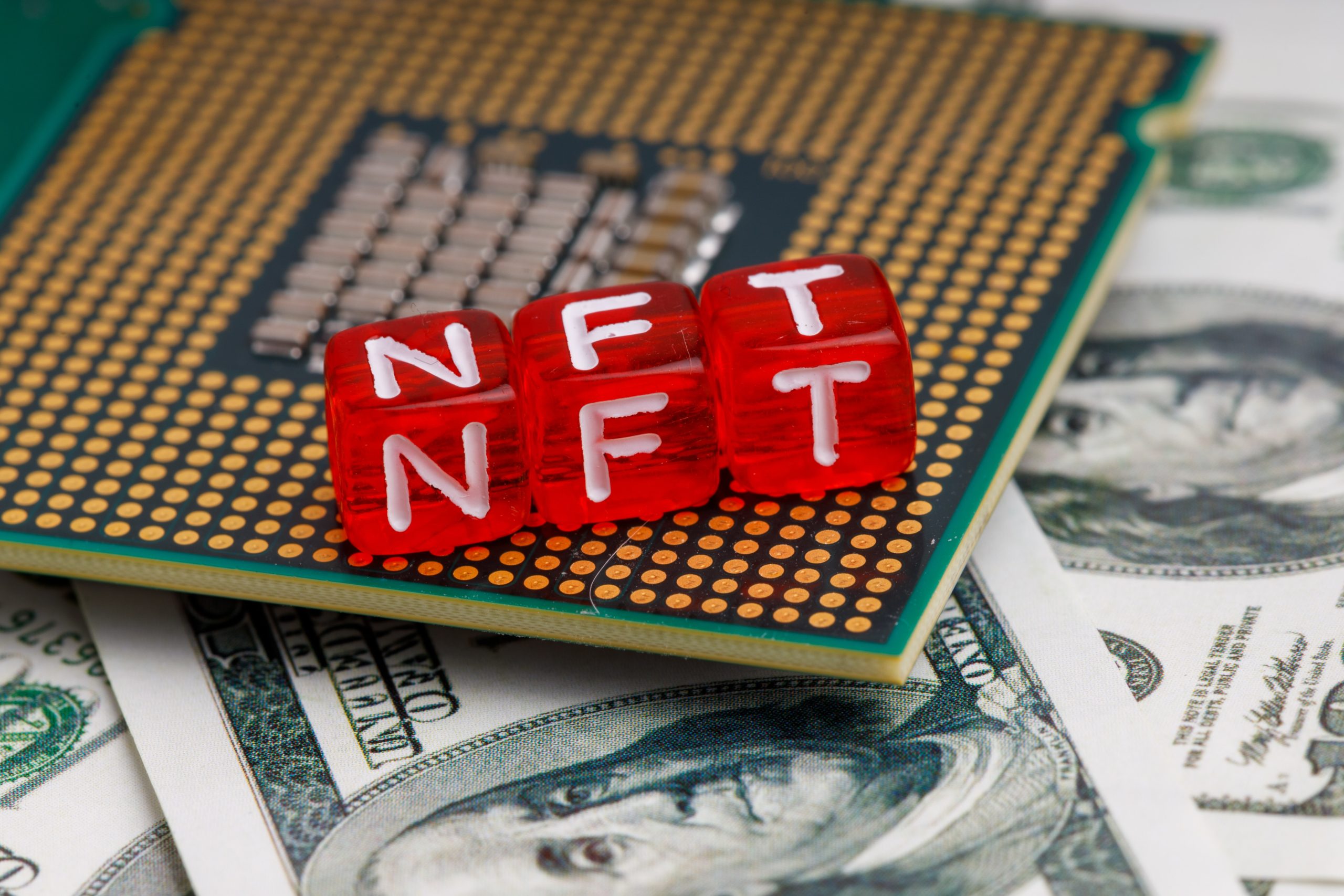The development of technology is marked by a fast-paced dynamism and the trends in this industry are undergoing rapid changes, forcing business players from various sectors to adapt or be left behind. This is also happening in the media industry following the rising popularity of Non-Fungible Tokens (NFTs).
The arrival of NFT has changed the nature of ownership, distribution and monetization of digital content, prompting a number of media platform to experiment with this NFT technology. Some going as far as planning to fully digitize their products and services in the NFT format.
Time magazine, for example, has adopted crypto asset as one of the ways to develop business. The New York-based media company has reproduced a number of its legendary covers in NTF format. They included the cover for the Is God Dead? edition, and those for Is Truth Dead? and “Is Fiat Dead?”. The great thing is that TIME sold its NFT collection for almost USD500,000. Also, ahead of its competitors this leading US magazine has also recognized crypto assets as payment for subscription since April 2021.
Fortune US also became one the media that have started to also deal with NFT. Its cover for the August/September issue was published as an NFT, designed specifically by graphic artist pplpleasr, and made it into the top 50 NFT list. As a result, Fortune and pplpleasr reaped 429 ethereum worth more than USD 1.3 million as per August 2021. Fortune has said it will donate proceeds from the NFT to non-profit organizations.
Indonesian media companies were also now exploring the potentials of NFT. Republika for example, started in April 2021 by forming a special team to study the opportunities presented by NFT technology. The team has eight members from the company’s newsroom, IT, visual design and digital divisions.
With the intention of creating a unique, rare and historic content, Republika on May 5, 2021officially put on offer its cover page for Koran Republika’ first edition in NFT format on OpenSea, the world’s largest NFT sales platform. The cover of the edition that came out on January 4, 1993 carried the headline: “George Bush-Yeltsin Sign START II”.
Five days later, the ownership of the cover page changed hand, sold for one ethereum or about USD 3,200. “This experience made us understand that contents stored in blockchain channels allows assets to remain authentic and security-wise well protected and remain a sustained inventory. Change of ownership does not undermine its authenticity. We aim to put our contents in NFT so that they can be spread wider,’ said Nur Hasan Murtiaji, Deputy Editor-in-Chief of Republika. Republika has so far put out 66 NFT composed of cover pages, rare and historic pictures/illustrations/articles and photos.
Nur Hasan Murtiaji saw NFT not only as a potential means for media companies to widen the distribution of their content or information. He believed that in the media industry, blockchain really allows for the creation of a new alternative business model. “With NFT, there is an opportunity for the media to get a new revenue stream,” he explained.
However, he added that even though it had the potential of supporting a revenue stream for the media, sales of NFTs would not become a main source of revenue. He said NFT tended not to have a clear benchmark in prices. The Conversation, said that one of the factors behind the high prices of an NFT was how buyers perceived a particular work. One work could be very highly valued but could also be really put as a very cheap product. “As an art product, there is no benchmark, so it would be very unreliable. Except if we have a loyal community with a high purchasing power, that may be OK. But if not, then it would rather be difficult,” said Hasan.
Hasan further explained that he and his team at Republika was currently exploring the potentials of the metaverse space for the content distribution of Republika. “Through metaverse we are planning to present a number of our exclusive content that would only be accessible through the metaverse,” he said.
